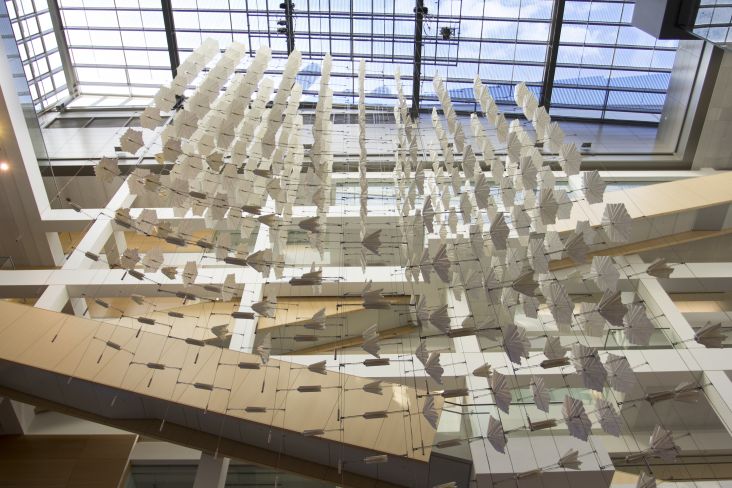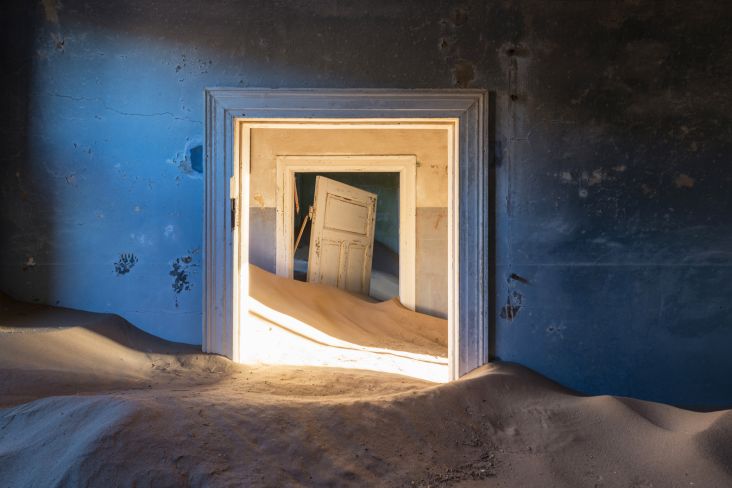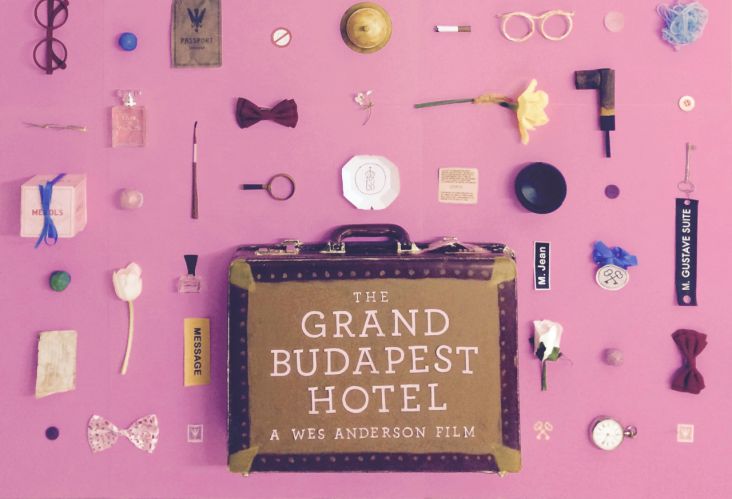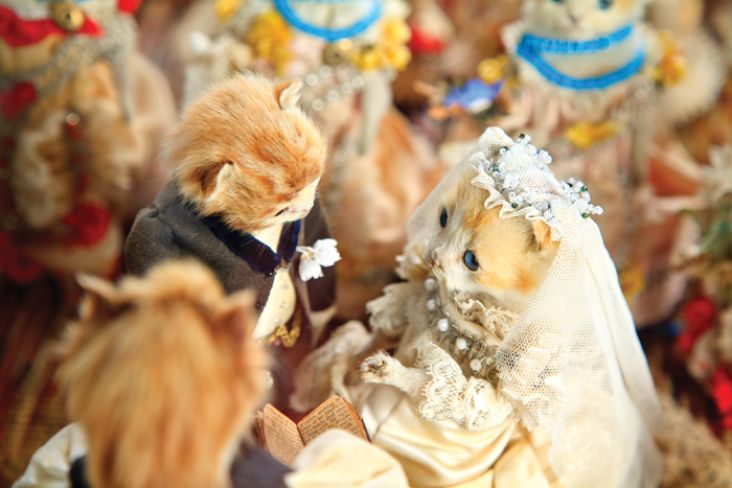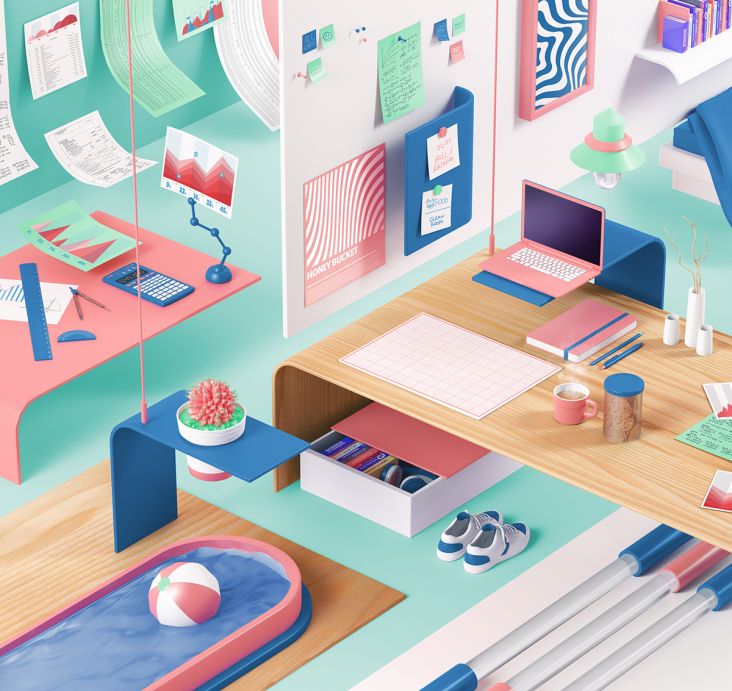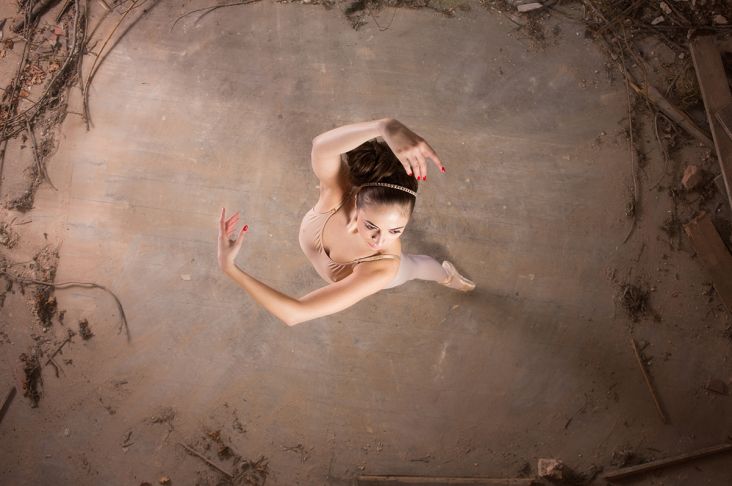Tom Munckton of EACH on launching a studio, working with friends and finding work
Just over a year ago, Tom Munckton (pictured to the right) launched a graphic design and branding agency in London called EACH, alongside two friends Louise Coates (formerly of BarberOsgerby and Mother) and Stephen Osman (formerly of A Practice For Everyday Life and Method).
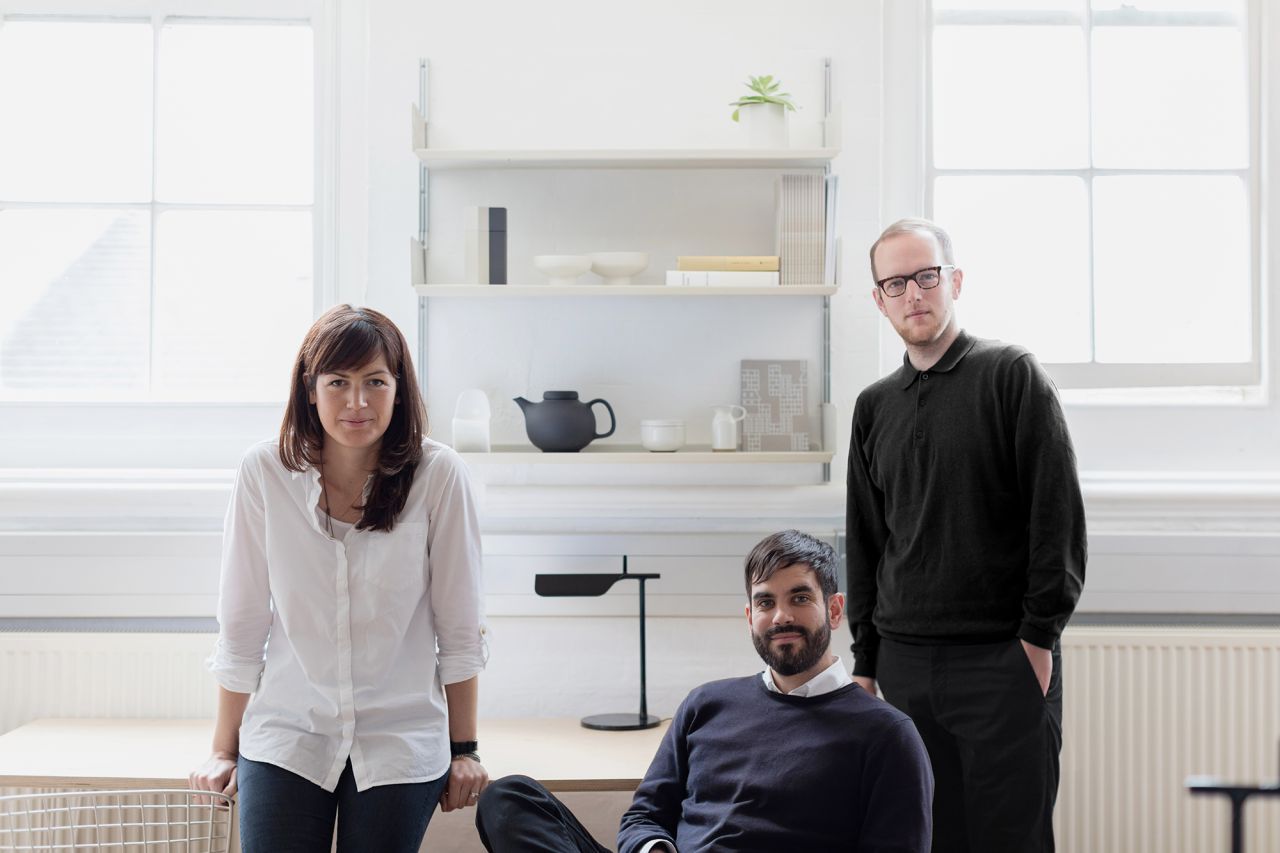
Prior to going solo, Tom started his career at Bibliotheque where he stepped up the career ladder to become a senior designer, and then joined Mother for nearly three years as Design Director. Tom has also tutored at Central Saint Martins – sharing his skills and expertise with design students.
Based in Hoxton Square, Shoreditch – Tom and the team's latest project at EACH was the editorial design for the Barbican's Residents book, featuring photographer Anton Rodriguez's exploration of the iconic apartments.
Keen to understand a little more about his background, and how and why he came to launch his own design studio, we chatted to Tom about his life and career...
What are your backgrounds?
A real mixed bag. Louise studied architecture, then worked for Jay Osgerby & Ed Barber, before joining Mother as Design Manager. Stephen and I both studied design at Central Saint Martins, then Stephen was at APFEL for many years while I was at Bibliotheque. He then went to experience design agency Method, while I was Design Director at Mother.
How did you get together?
A few conversations and a good few nights at my flat planning and scheming!
Where does the name EACH London come from?
It comes in one respect from us; our differing experiences in the creative world – charging our output with quite different points-of-view. In another respect, it speaks to our desire to really look at every assignment on individual terms.
What qualities or attributes do you admire about one another?
"We are all gorgeous so that's a constant! Otherwise, I would say Stephen's endless creative idea generation, Louise's fastidious attention to detail. I don't know what they'd say about me..."
What has been the most challenging part of getting set up?
Having BT installed! Our office is in a Victorian School on Hoxton Square and it was full of about a 100 years' worth of cabling. None of which, as it turned out, amounted to an internet connection.
I would also say new business is always hard, certainly as you push further out of your circle of close contacts. It's getting easier the more our reputation builds, thankfully.
And the most fun?
Building relationships with some fantastic and genuinely inspiring clients, and going to work with your friends every day.
Have you tried to do anything differently?
We've tried to create an atmosphere using the best bits of everywhere we've worked. For example, for a boutique agency, I think we are far more aware of and very good at determining a solid brand strategy up front in our projects. This comes from working with bigger brands at previous agencies.
Likewise, we allocate a lot of care in defining a visual atmosphere for a brand rather than diving straight into design. This comes more from our advertising exposure, getting everyone excited and aligned with what we want to create.
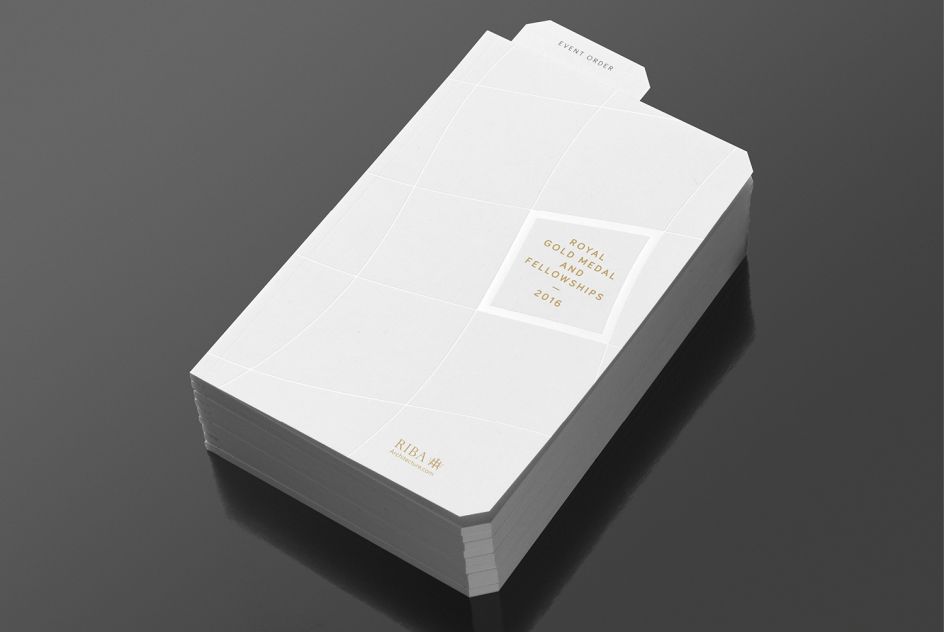
RIBA Gold
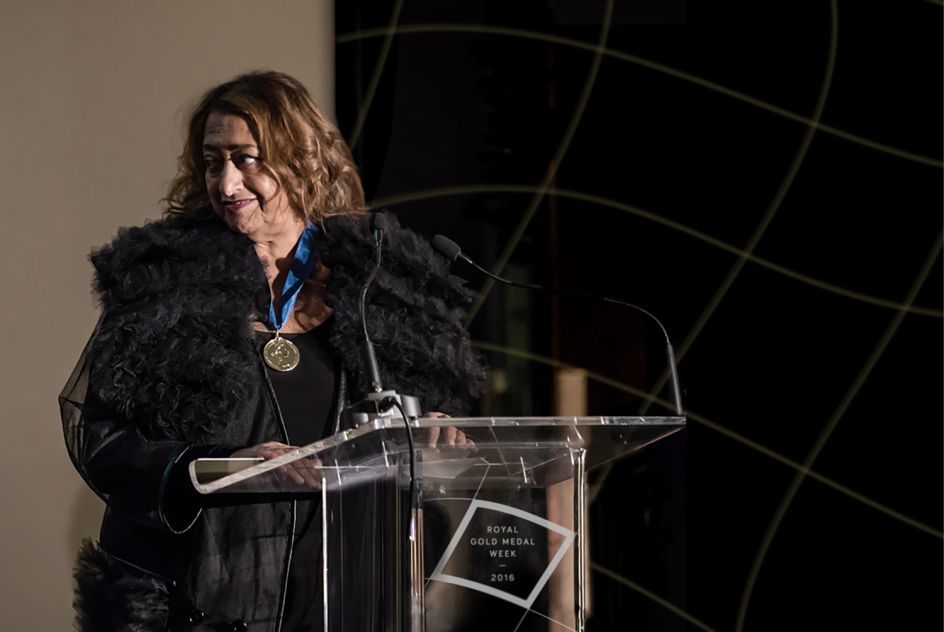
RIBA Gold
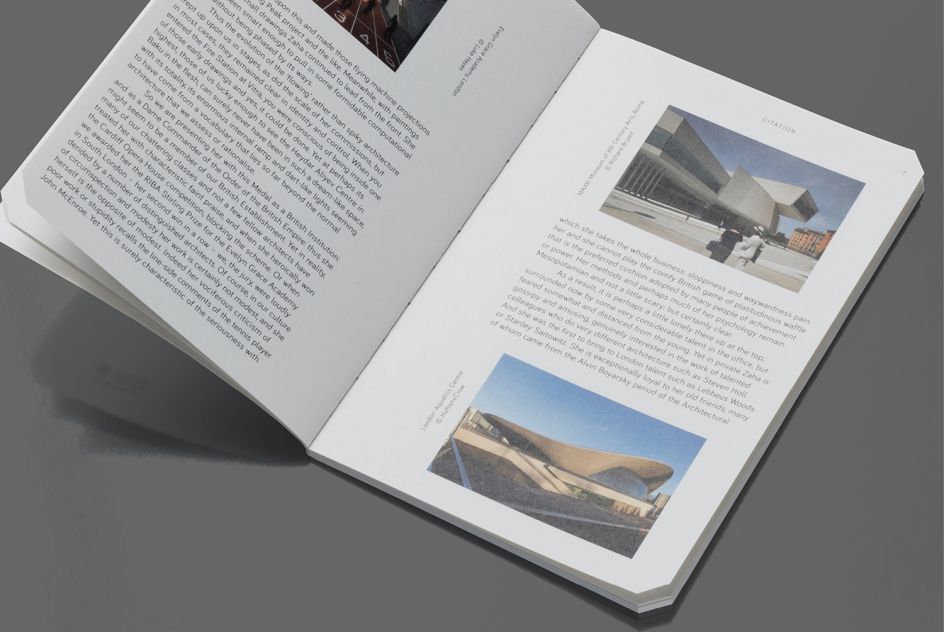
RIBA Gold
The agency model is difficult to get right, how have you made it succeed?
I think we're only beginning to see the edges of it now. There have been projects where we have felt part of a much larger extended team beyond our office walls. There have been projects where we've had a number of other creatives come in and work with us, and then those where it's just been the three of us on it. So our model so far is simply responding to whatever is required, in whatever setup is required. Honestly, the biggest difficulty is that our office is only so big for the moment at least.
What has surprised you the most about launching your own studio?
How helpful and positive everyone is for you to do well.
What frustrates you about the industry?
Because the borders of our work have widened and we're providing far more, I think clients really valuing and accounting for how much we do is something to be rebalanced. There are no simple projects anymore (and we wouldn't want there to be), but we have experienced value perception issues for sure.
Describe a typical day
I personally get up incredibly early due to my 16-month-old daughter! We tend to start at around 9, and most days have a project debrief. We quite often then have a meeting in the studio or we'll go out and see a client. We love being on Hoxton Square because it's so easy to get to and from, and we're near the tube.
In the afternoon we'll normally have a pinning session and share where we're at on any given project. We like to keep a constant feed on things printed and pinned-up so anyone can contribute throughout the day. We don't tend to stay too late, unless crucial. It's certainly not a culture we want to cultivate. Ideas inevitably continue into the evening anyway – but don't need to be glued to your desk.
Let's talk work. Who was your first client and what did you do for them?
Our first client was the amazing photographer Sam Hofman. We created an identity for him befitting his constructive approach to image-making. The idea was that each 'constructive' letterform would be fabricated in various materials and he would shoot them individually. I think we've got as far as the 'S'. Hopefully one day we'll get to the 'N'!
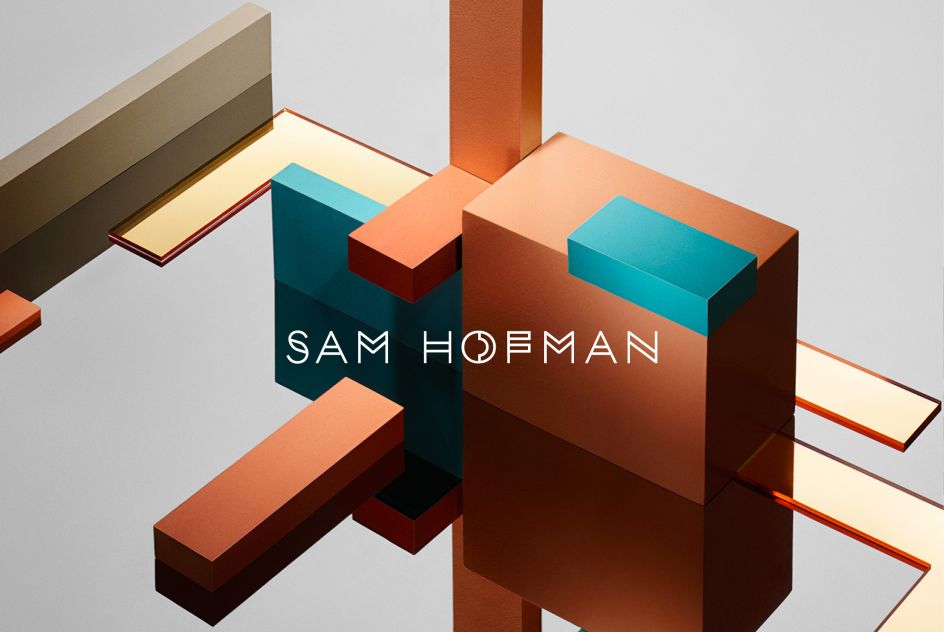
Sam Hofman
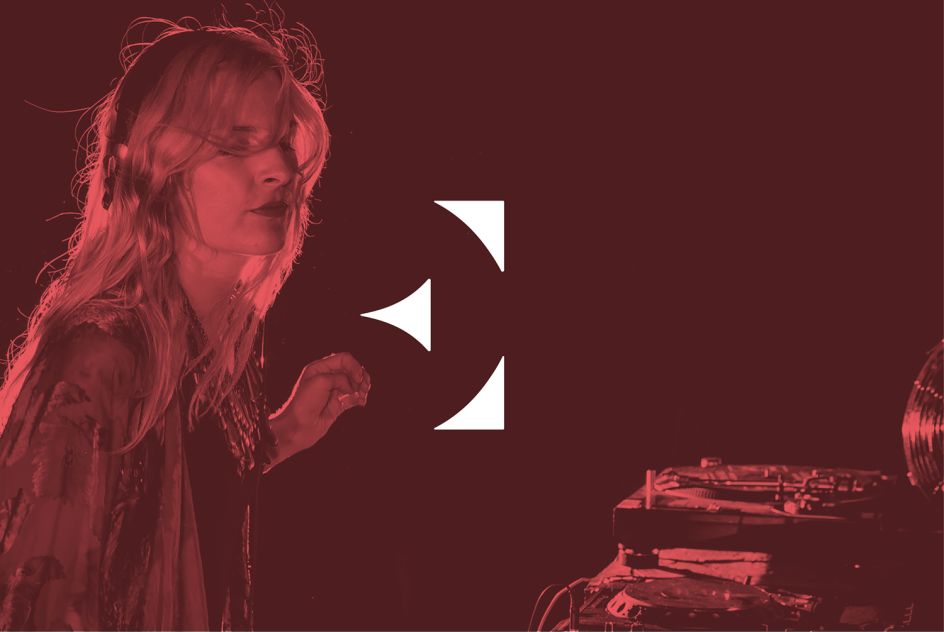
Euphonica Music
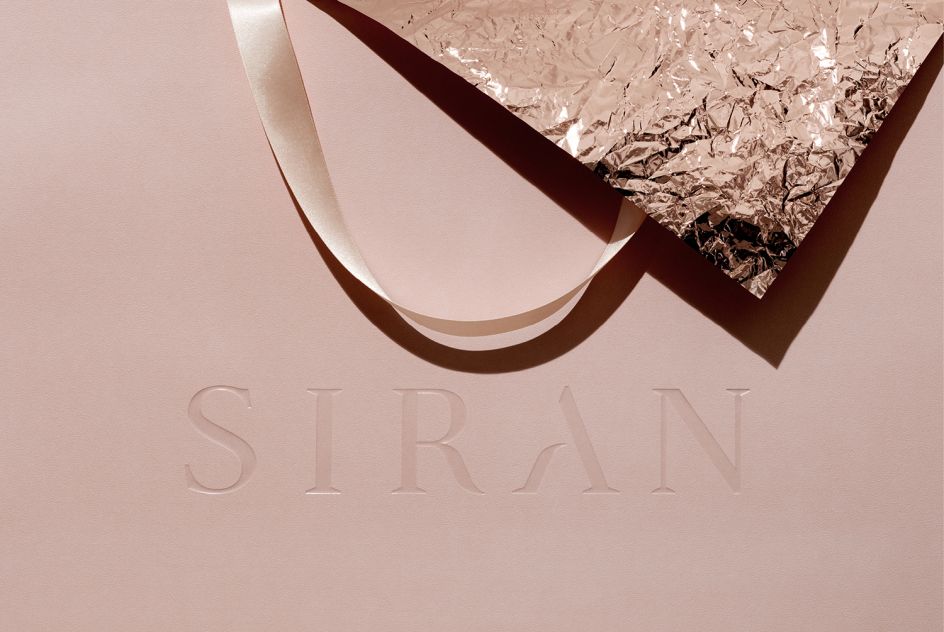
Siran
Any projects you're especially proud of?
We're hugely proud of the identity and materials we made for the RIBA Gold Medal Awards earlier this year. Not just because the team was so behind pushing the brief and quality of materials beyond anything they'd previously done – but also because 2016 was the late architect Dame Zaha Hadid. Someone mentioned that the book we made was the last comprehensive document of her work before she sadly passed away a month later in March.
Tell us more about the Barbican project. How did that come about?
It started life as a blog by the photographer Anton Rodriguez, who was documenting other resident flats in the iconic Barbican estate. He made contact with me about photographing my own flat. After which he kindly asked whether EACH could design a book when he had enough material. Eventually, the Barbican Centre was on board to publish what had turned into a really comprehensive volume.
What's your process? Talk us through a typical piece of work
Our process varies hugely depending on the need and also appetite of the client. When we started we were keen to not force a rigid process to someone who simply wants to work in a different way. For a branding task, ideally, we follow a linear process like many design practices, starting with truly understanding the ask, the existing business, the audience and observing competition where they are and where they want to go.
We then work with them to create a strategic platform that provides a clear definition of the business and conveys their point-of-difference. A strong vision statement for us is most important to get to – it really gives everyone involved something to rally around. Using the platform we create a 'Visual World' that seeks to define a visual atmosphere. More tangibly it resolves art-directional moves and codifies how the business will show itself to the world.
Next is, of course, a creative development phase, a wide exploration resolved to only the most suitable options. We never show anything we wouldn't want to make, it's never good for anyone. We pressure-test our suggested routes onto suitable 'touch-points'. This is key for us; really giving the client a good indication of how far something could stretch beyond what they know they need. Once a direction is agreed and refined – we make some stuff!
How do you find new clients?
We have so far been kept very busy with projects born from various connections and friends. We are beginning to make contact with people in a broader sense, so we can continue to widen the sectors we work in, keeping things interesting.
What kind of clients do you look for? Any you're especially chasing after?
Really simple. We look for clients that have energy and ambition. We respond best when their passion to make great things matches ours.
Have you ever sacked a client? Or considered it?
Not sacked certainly, but declined after a couple of first meetings with people. It wasn't about the project, but more about a lack of what I just said above!
Initially focus on your strengths and be led by servicing those rather than narrowing down what you do prematurely.
London is extremely competitive. What sets you apart from the rest?
I think we're good at taking the client on a journey with us and really listening to their objectives. It's all too easy, in our experience, to walk a client to a solution that we – as an agency – like perhaps visually without equipping everyone involved with the evaluative tools to judge anything by. We're only really happy in the end if everyone feels good about the result.
What have you seen change the most in the last decade? For better? And for worse?
It's obvious to say, but the switch from majority physically printed delivery to digital is particularly noticeable. This is positive in all respects from our perspective because it means physical touch-points are now more potent and meaningful, because they are more isolated. It also means we have such a wider platform for expression with digital delivery.
On your website, you've opted for Instagram rather than a blog. Is that deliberate?
Our website is more of a teaser at this point, so Instagram we find gives us the ability to create just a bit more depth around our work. We work in rows of three – to tell a bit more of the story of a project than we would just using one image at a time.
What's next for EACH?
We're finishing off a new brand for a music agency, which we renamed in the process. It's a brave move and we're helping them every step to make the transition. Some great projects forthcoming for a fashion brand – rethinking the entire retail model and a jewellery designer creating exquisite products inspired by her Indian heritage.
Finally, what advice would you each give to those thinking about starting their own studio?
It's ultimately a time (perhaps the first time) when you're not being steered by anyone else. Initially focus on your strengths and be led by servicing those rather than narrowing down what you do prematurely.
We also had some great advice from some very successful people in the industry early on, and it has helped us immeasurably. Never be too proud to ask.




 by Tüpokompanii](https://www.creativeboom.com/upload/articles/58/58684538770fb5b428dc1882f7a732f153500153_732.jpg)

 using <a href="https://www.ohnotype.co/fonts/obviously" target="_blank">Obviously</a> by Oh No Type Co., Art Director, Brand & Creative—Spotify](https://www.creativeboom.com/upload/articles/6e/6ed31eddc26fa563f213fc76d6993dab9231ffe4_732.jpg)









